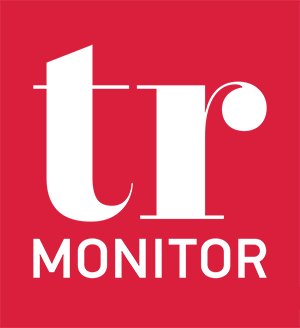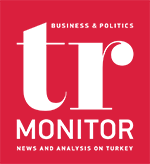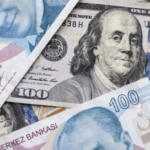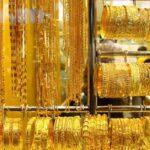On Monday, I posted the following comment:
“…What we understand from the Central Bank’s interest rate decision and statement is that there will not be another rate hike this year. Because the text uses a phrase that can be described as “the disinflation environment is about to be completed”. In fact, we can think that if it is not needed until the elections, there will not be another rate hike. Still, they don’t have a clear path, let me warn you. I won’t be shocked if they make another hike before the end of the year…
In fact, this interest rate step was above the expectations of international institutions, but in the way they desired. Most probably, the Central Bank management is giving clues about the path they will follow in their contacts with financial institutions. Thus, the problem of being “caught on the wrong foot in the analysis”, which was experienced under the previous administration, seems to have been eliminated. In addition, as long as the expectations of international institutions and the Central Bank’s decisions continue to be in harmony, CDS premiums will fall, making it easier for foreign borrowers…
I said that, but I can now say that the Central Bank is now in the helm of the financial institutions. Because despite the higher-than-expected rate hike, I see that the market wants a 250 basis point increase before the end of the year.
Despite the 500 basis point hike, deposit rates rose by only 1-2 points and we understand that banks will not be able to please depositors more even if policy rates rise. So it is natural that they want to bring policy rates in line with deposit rates.
Some private bank managers are making statements like “if policy rates are 42.5%, we will enter the real interest rate zone”, but we know that this is not the case. As the Central Bank raises interest rates, CDS premiums fall and the cost of financing from abroad decreases. It seems that the banks are encouraging the Central Bank managers in order to reduce the cost of syndicated loans. Otherwise, they know better than all of us that it is not easy to do business and make money at these interest rates.
Obviously, this level of interest rates is not enough to dissuade residents from buying foreign currency. But they have nowhere else to go. Deposits at foreign currency protected deposits (KKM), which are at least three months maturity, are gradually compressing towards 32 days in TRY. In other words, the plan to get rid of KKM will be spread over a very long term. Yesterday, Vice President Cevdet Yılmaz’s statement on resolving the KKM, “we are in no hurry”, was remarkable in this respect.
As the dollar rises every day, those who have matured in KKM are still hesitant to return to TRY interest. FX deposit accounts, on the other hand, have recently started to rise again. All this shows us that the Central Bank will continue to raise interest rates whenever it can. It may do so in December, but it may also postpone the rate hike to April and May.
As a result of the statements from the banking sector, I believe that we should not rule out the possibility of a final rate hike in December.








